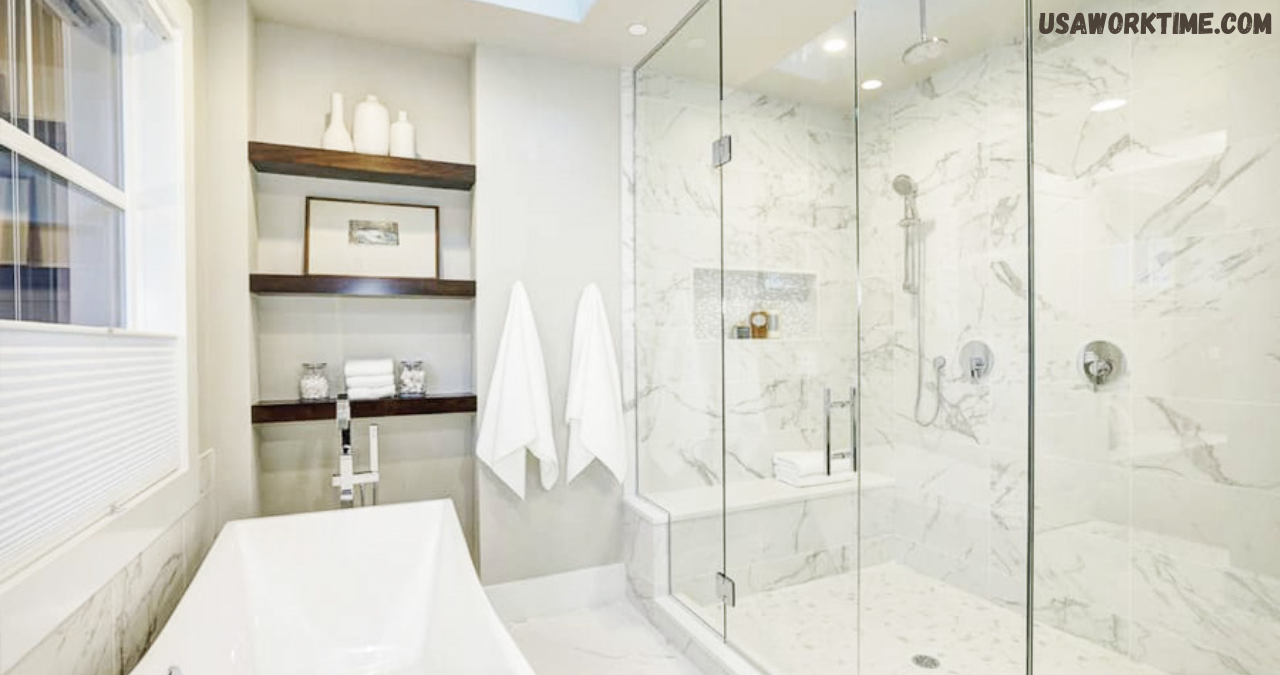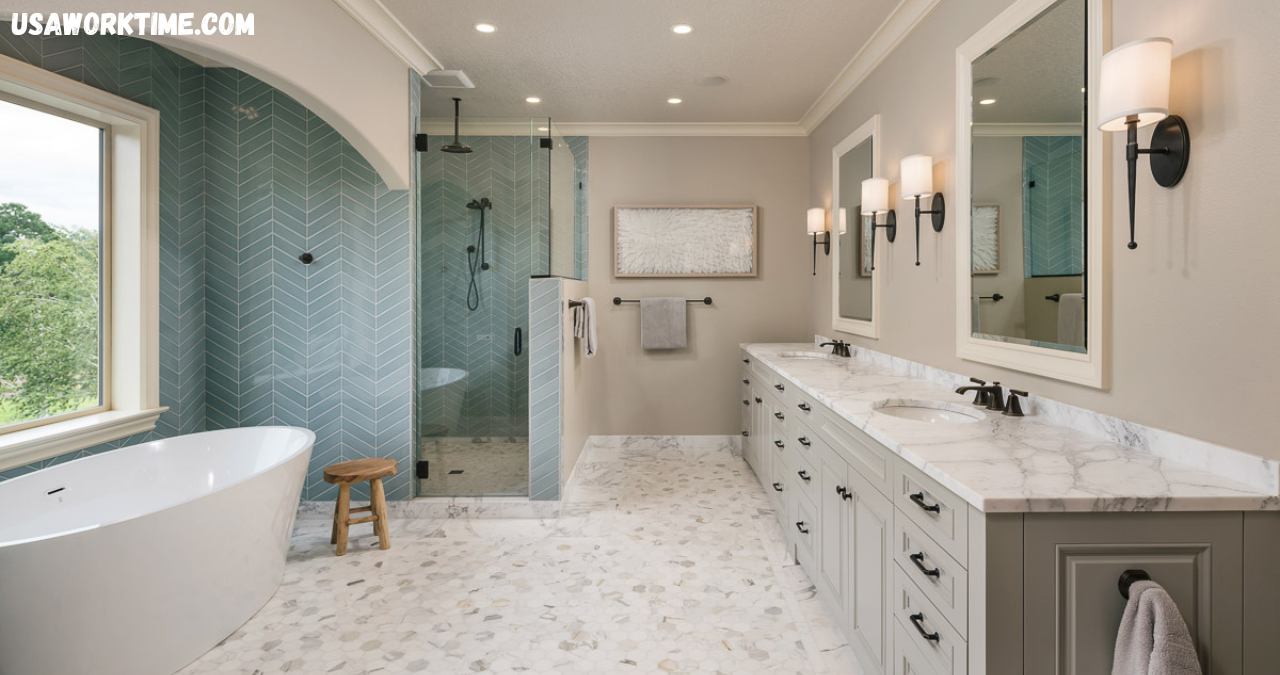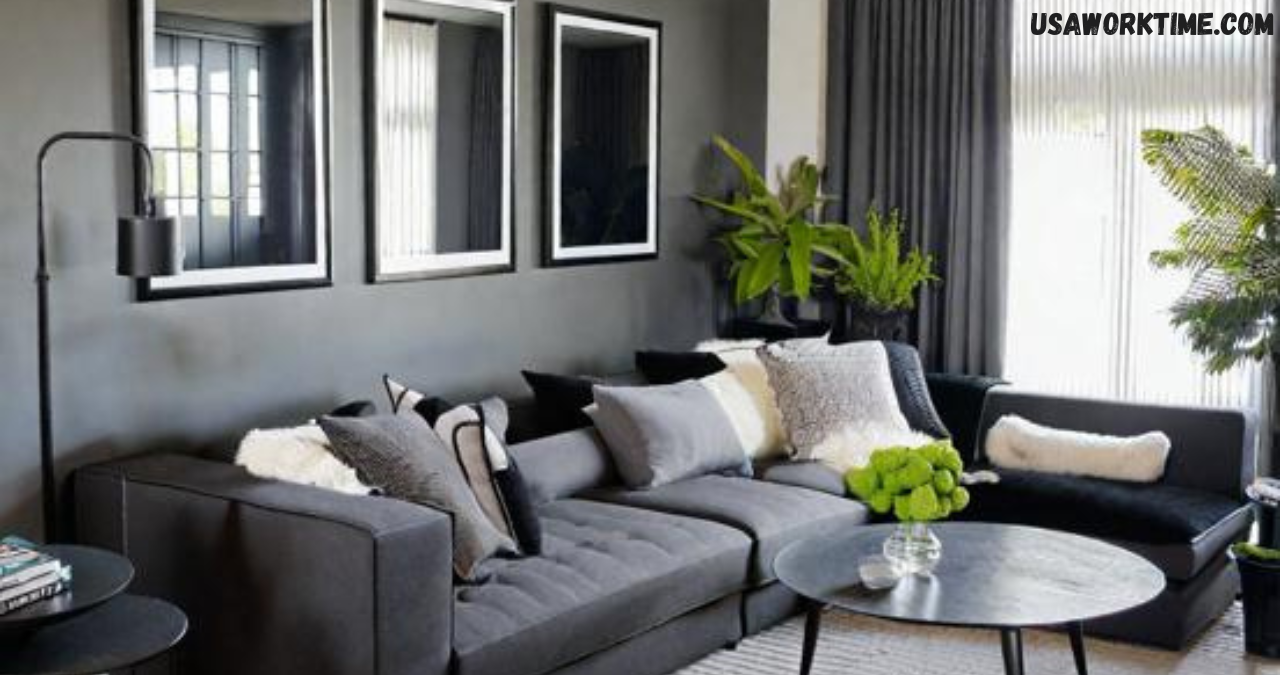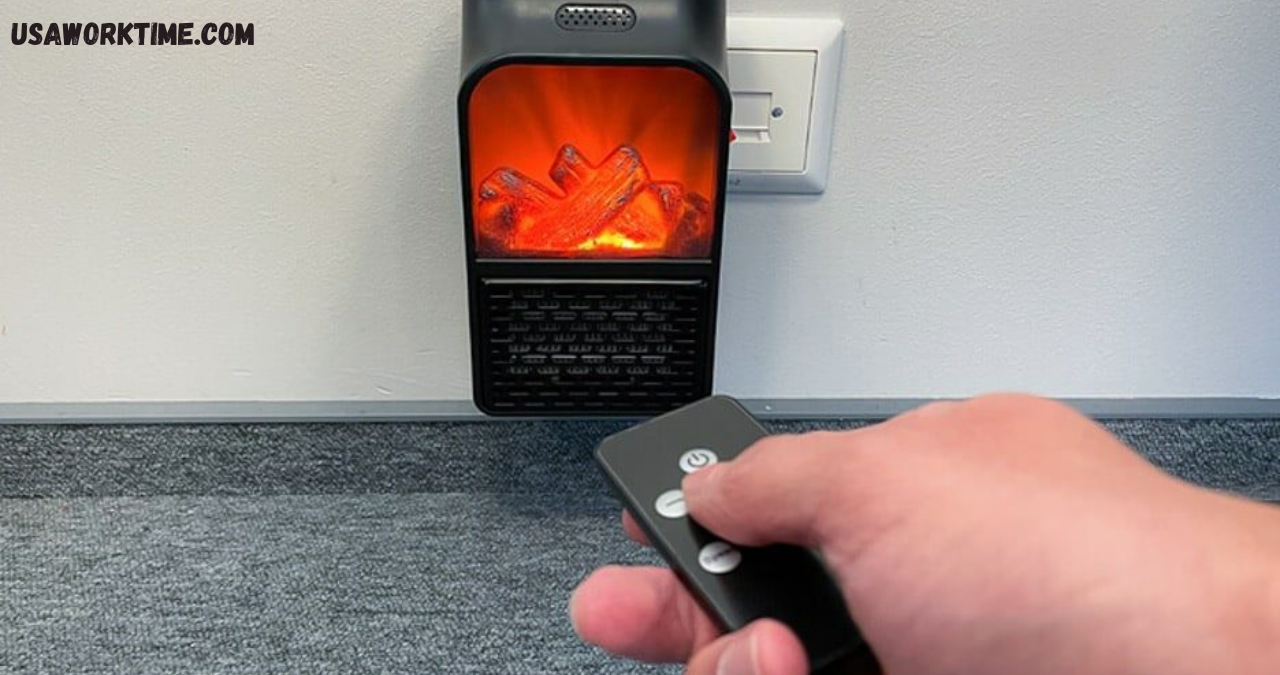Introduction
Bathroom Remodel Cost is one of the most rewarding home improvement projects for homeowners. It not only enhances the aesthetics and functionality of your space but also adds significant value to your property. However, before embarking on a Bathroom Remodel Cost, it’s crucial to understand the associated costs. Bathroom remodels can range from simple cosmetic upgrades to full-scale renovations, each with varying price points.
In this comprehensive guide, we’ll explore what you can expect to spend on a Bathroom Remodel Cost in 2025. From average costs and contributing factors to budgeting tips and cost-saving strategies, this article will serve as your go-to resource. Whether you’re planning a minor refresh or a luxury overhaul, being informed will help you make smarter decisions and avoid financial pitfalls.
Average Bathroom Remodel Cost Breakdown
The cost of a Bathroom Remodel Cost varies depending on the scale of the project. In 2025, the national average for a mid-range Bathroom Remodel Cost in the U.S. is estimated to range between $10,000 and $25,000. Smaller projects, such as updating fixtures or repainting, can cost as little as $2,500 to $5,000. On the other end of the spectrum, upscale remodels featuring luxury finishes and custom features can exceed $50,000.
These numbers are influenced by the scope of the work. A full remodel includes replacing fixtures, tiling, lighting, and plumbing, while a partial remodel might only involve aesthetic updates. Materials, labor, and local market rates also play key roles in determining the final price.
Regional Price Differences
Where you live significantly affects remodel costs. Urban areas with a higher cost of living, such as New York, San Francisco, or Los Angeles, tend to have higher labor and material costs. Conversely, rural or suburban areas often offer more affordable pricing due to lower overhead and competition.
Homeowners should also consider regional trends. For example, coastal regions may prioritize moisture-resistant materials, which can influence material selection and price. Understanding these variations can help you set realistic expectations and compare estimates more effectively.
Cost by Bathroom Type
The type of bathroom you plan to renovate also impacts the cost. A powder room or half bath, typically used by guests, is smaller and simpler to remodel, averaging $2,000 to $5,000. Guest bathrooms, which may include a shower or tub, generally range from $6,000 to $15,000 depending on features.
Master bathrooms are often the most expensive to renovate due to their larger size and higher-end features. These remodels can range from $15,000 to over $50,000, especially if you include custom cabinetry, spa-like amenities, and structural changes.
Factors That Influence Bathroom Remodel Cost
Bathroom size plays a pivotal role in determining remodel costs. Larger bathrooms require more materials and labor, naturally increasing the budget. In addition, complex layouts that require moving plumbing lines, altering walls, or modifying electrical wiring will drive up costs significantly.
Reconfiguring a bathroom layout to improve functionality or aesthetics involves design expertise and specialized labor. For instance, shifting the location of a toilet or shower isn’t just a matter of aesthetics—it requires plumbing permits, inspections, and professional installation. These changes can add several thousand dollars to your budget.
Material Choices
Materials can either inflate or contain your remodel expenses. Premium materials such as marble countertops, glass tile, and solid wood vanities come at a high cost but offer luxurious appeal and longevity. More budget-friendly alternatives include laminate counters, porcelain tile, and MDF cabinetry.
The finish and durability of fixtures, flooring, and lighting can significantly affect your budget. For example, opting for water-resistant luxury vinyl tile (LVT) over traditional ceramic tiles can cut costs without compromising on appearance. Balancing quality and cost is essential when selecting materials for your remodel.
Labor and Contractor Fees
Labor typically constitutes 40% to 65% of the total remodel cost. Hiring skilled contractors, electricians, and plumbers ensures quality work, but these professionals come at a premium. General contractors may charge 10% to 20% of the project cost for oversight and coordination.
Permit costs, which vary by location and project scope, also add to the final bill. DIY remodels can save money, but they carry risks, especially with plumbing or electrical work. Always factor in the value of professional expertise versus potential pitfalls of doing it yourself.
Custom Features and Upgrades
Adding custom features or luxury upgrades will increase your overall cost. Popular additions include heated floors, frameless glass showers, custom lighting, and smart technology integrations like voice-controlled mirrors and temperature-controlled faucets.
While these upgrades enhance comfort and home value, they often come with higher installation and maintenance costs. Custom cabinetry or bespoke tile work, for instance, demands both craftsmanship and time, which translates into a higher price tag.
Budgeting and Cost-Saving Tips
Start by defining your remodeling goals and must-have features. Break down your budget into categories like materials, labor, permits, and contingency. A good rule of thumb is to set aside 10% to 20% of your total budget for unexpected expenses.
Use online calculators and cost estimators to guide your planning, and get multiple quotes from contractors. Detailed planning and research upfront can prevent overspending and keep your project on track.
Ways to Save Money Without Sacrificing Quality

There are several strategies to manage costs without compromising results. Reuse existing fixtures if they’re in good condition or consider refurbishing items like cabinets and bathtubs instead of replacing them. Shopping clearance sales or buying gently used fixtures can also lead to significant savings.
Doing some tasks yourself—like demolition or painting—can reduce labor costs. However, know your limits and leave complex work to professionals to avoid costly mistakes.
Financing Options
If your remodel exceeds your immediate budget, financing options can bridge the gap. Home equity loans and lines of credit offer lower interest rates and longer repayment terms, ideal for large projects. Personal loans and credit cards may work for smaller renovations but often carry higher rates.
Some lenders also offer renovation-specific loans tailored for home improvements. Always compare terms, interest rates, and repayment plans before committing to a financing option.
Cost Estimates for Common Bathroom Remodel Projects
This is a popular project for improving accessibility and modernizing a bathroom. A basic tub-to-shower conversion ranges from $3,000 to $8,000. The cost increases with premium tile work, glass enclosures, or structural modifications.
Vanity Replacement
Replacing a bathroom vanity can cost between $500 and $3,500 depending on the size, material, and complexity. A prefabricated vanity with a sink is more affordable, while a custom-built unit with integrated storage and lighting costs more.
Flooring Upgrade
Flooring updates can cost between $5 and $15 per square foot installed. Ceramic and porcelain tiles are popular choices, while luxury vinyl offers a more affordable, water-resistant alternative.
Full Remodel Case Studies
A full remodel of a standard-size bathroom typically ranges from $10,000 to $30,000. Case studies can highlight how budget allocation, materials, and labor choices affect the final cost. These examples provide real-world insight and inspiration.
Conclusion
Understanding the cost of a Bathroom Remodel Cost in 2025 requires careful planning and informed decision-making. By evaluating factors like project scope, materials, and labor, you can create a realistic budget tailored to your needs. Whether you’re updating a powder room or transforming a master bath, the key to a successful remodel lies in balancing your vision with financial practicality. By following the insights in this guide, homeowners can confidently navigate the remodeling process, avoid common pitfalls, and maximize their investment. Thoughtful planning today leads to beautiful, functional bathrooms tomorrow.
You May Also Read: https://usaworktime.com/ecowarm-heater/









